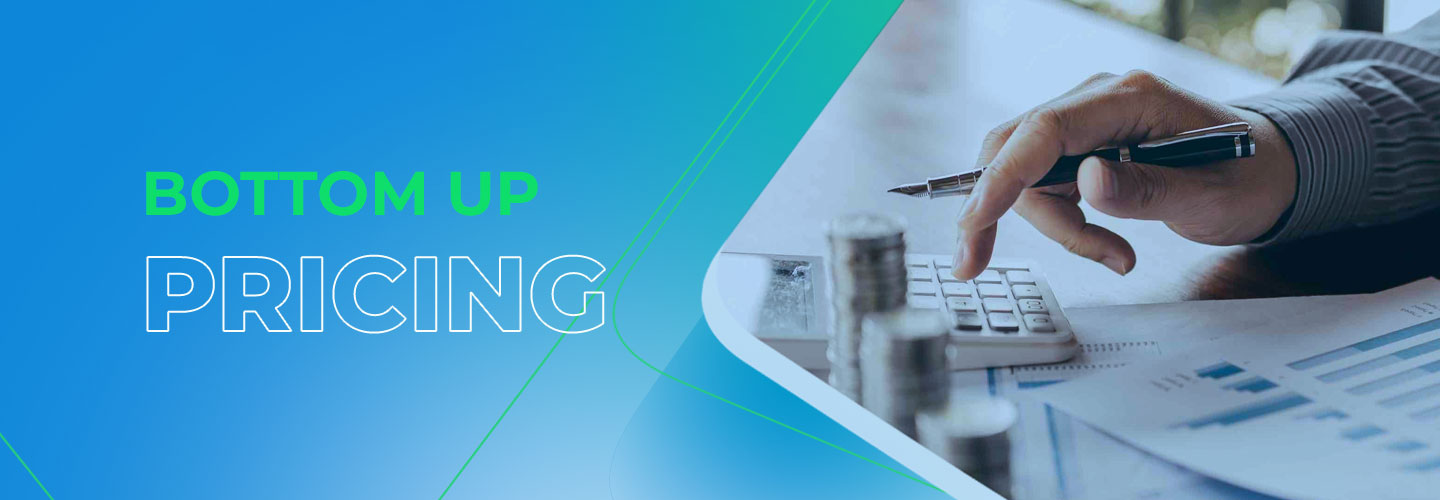Strengths and Weaknesses of Bottom Price Strategy in Business

Pricing is something that every business should consider. Product pricing with careful research and strategic considerations is one of the important elements for business success. There are several pricing strategies that can be applied to businesses, but on this occasion let's look at one strategy for your business, namely the Bottom Price Strategy.
What is Bottom Price Strategy?
A bottom price strategy is a pricing strategy that determines the selling price of a product or service by taking the costs incurred for the product and adding a profit margin to it. Businesses need to ensure product or service cost allocation while taking advantage of bottom prices. Bottom-Up Strategy is also used in sales, marketing, and other aspects of business.
Every business has different factors such as office supplies, marketing costs, labor, raw materials, and many more to consider when determining the selling price of their products. All direct and indirect costs will be calculated in the base pricing strategy.
Businesses need to estimate how much profit they expect and add it to the value of the expense. The resulting results will determine the selling price of your product or service. This is a Bottom-Up Pricing Strategy or a Bottom-Up Pricing Strategy.
For example, let's consider a car rental service company. Companies need to decide how much they want to charge for their car services. When implementing a bottom-up pricing strategy, consider driver wages, car fuel, and maintenance costs, then add the revenue margin to that and set the selling price for the service.
Advantages of Bottom Price Strategy
In applying the strategy in your business, there will definitely be advantages and disadvantages of each strategy. Here are the advantages of using the Bottom Price Strategy or Bottom Price Strategy:
-
Forecasting Revenue
One of the best advantages of rock bottom prices is that businesses can predict the profit that will result from selling a product or service. Since the selling price of a product or service is determined with profit in mind, you can figure out how much profit it will make and then adjust the numbers easily. However, business people need to ensure that their product or service reaches the sales target in order to get the predicted profit.
-
Employee Engagement
Employee engagement is one of the benefits of a bottom-up strategy. Since the sale of a product or service is directly related to the employee's wages, it will engage the employee with the product/service and drive more sales.
This will keep employees in your business and keep sales transactions smooth. When a product or service works with great engagement and satisfaction from the lower levels, it will keep the business alive for the long term and generate profits accordingly.
Disadvantages Bottom Price Strategy
-
Initial Investment
Most businesses have to spend a down payment to start a business. But if they are going to use a bottom-up strategy they need to make sure the product or service can generate good sales along with the desired profit. If the desired sale is not made, it can be a loss for the company.
-
Generating Sales
Making sales according to plan is important for the lowest price. As mentioned, investments are made in product creation, when assumed sales figures are not met can backfire for your business. Especially when your business offers customers any benefits such as free products. Therefore, businesses should understand how feasible it is to use a base pricing strategy before implementing it.
Implementing the right pricing strategy for a product or service is very important for a business. Business revenue is highly dependent on the price of the product or service. Strategy can have a positive impact if it targets the right audience group in the right market.
Through the Marketing Pricing Strategy at prasmul eli, the company's executives are expected to be able to share experiences in considering market competition, consumers and the elements of cost giving an increasing challenge to pricing. It is important to be able to find alternative pricing strategies in order to provide optimal benefits for the company.